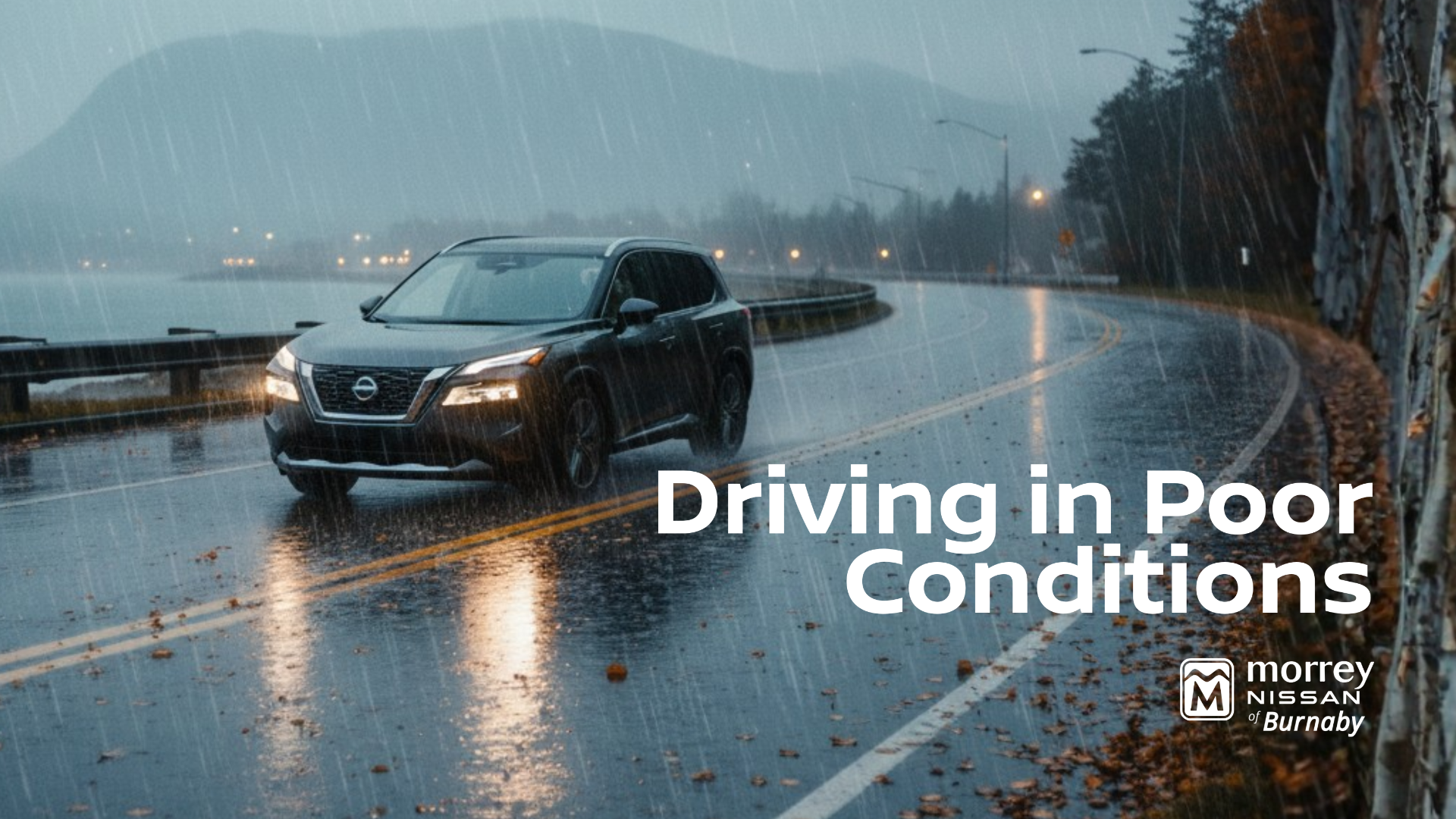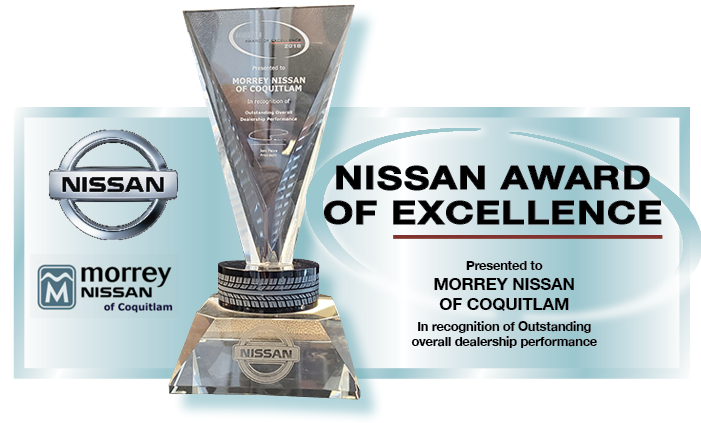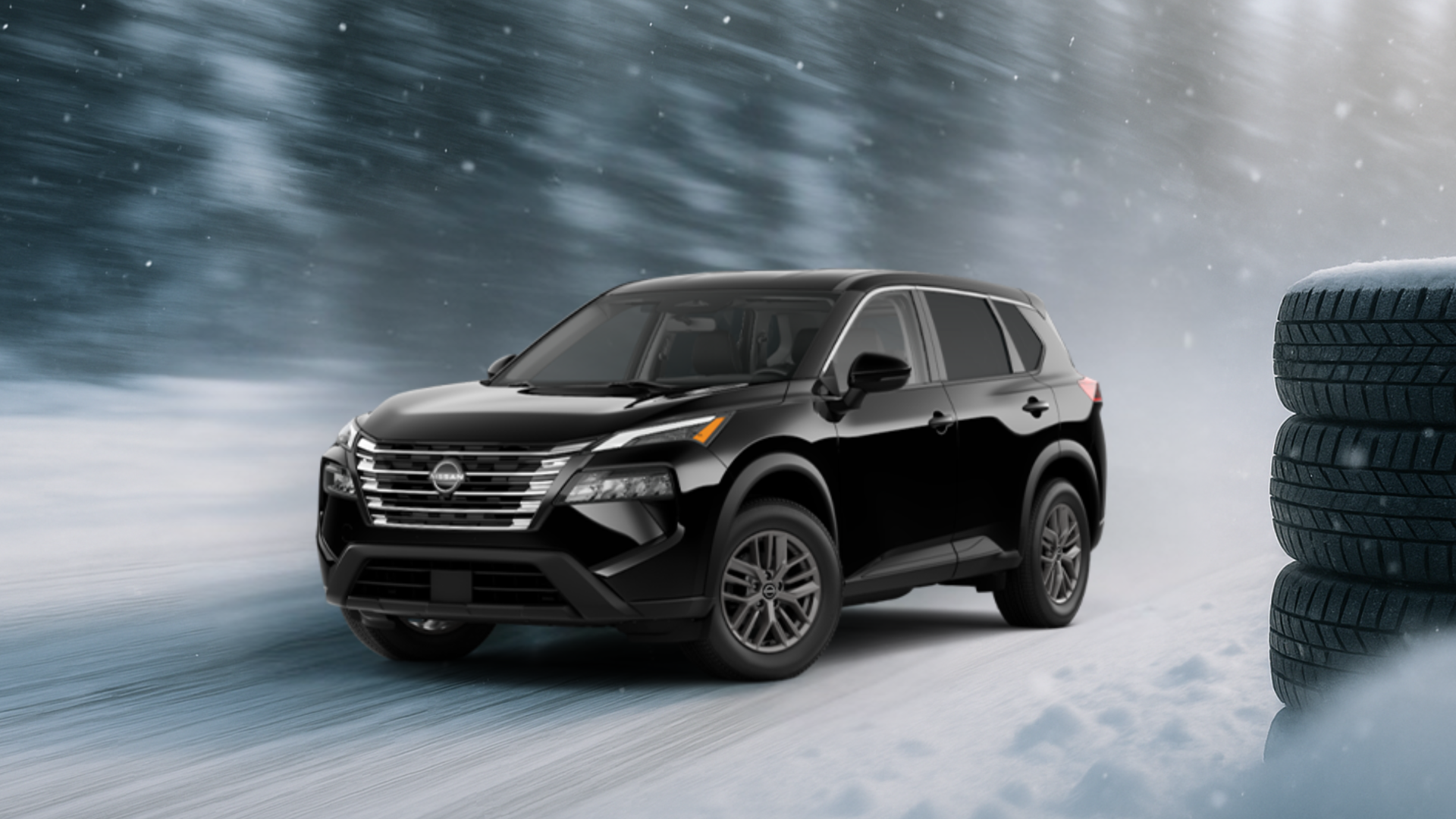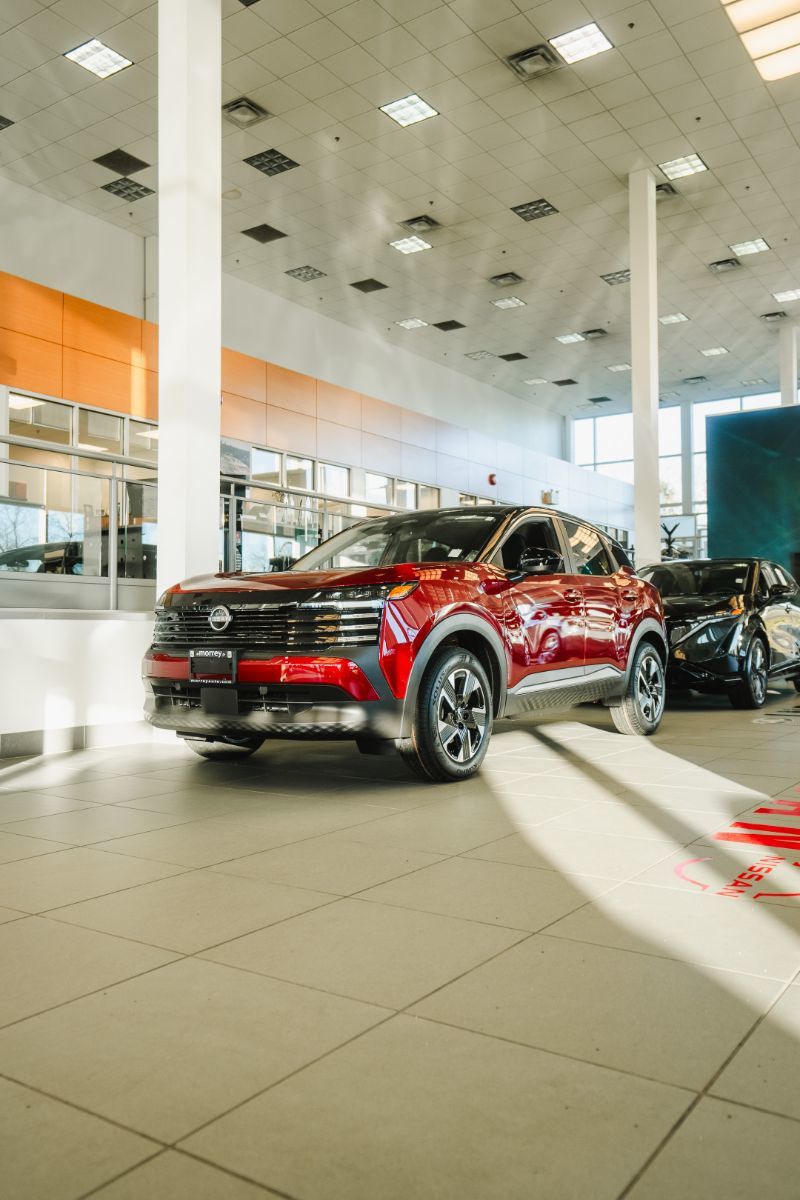How to Avoid Hydroplaning in Vancouver Rain?
October 18 2025,

Ah, October in Vancouver! While the vibrant autumn leaves are beautiful, they often come hand-in-hand with persistent rain. For drivers, this means one thing: an increased risk of hydroplaning. It’s a scary thought, losing control of your vehicle on a slick road, but with the right knowledge and preparation, you can confidently navigate even the heaviest downpours. At Morrey Nissan of Burnaby, your safety is our priority, and we're here to share some vital tips to keep you grounded.
What is Hydroplaning & Why Does Vancouver's Rain Make it Worse?
Let's face it, Vancouver and rain are practically synonymous, especially as we head into October. But what exactly is hydroplaning? Simply put, it's when a layer of water builds up between your vehicle's tires and the road surface, causing your tires to lose traction. Instead of gripping the asphalt, your car essentially surfs on a thin film of water, leaving you with little to no steering or braking control. Our city's frequent and sometimes heavy downpours create ideal conditions for this phenomenon. The main culprit? Water accumulation on the road combined with worn tire treads. When your tires have sufficient tread depth, they're designed to channel water away, maintaining contact with the road. However, if your treads are shallow, or if there's too much water for even good tires to handle, hydroplaning becomes a real danger. Is your Nissan ready for the wet season? Make sure your tires are in top shape by scheduling your next service appointment with our expert team at Morrey Nissan of Burnaby. We can help ensure your vehicle is prepared for whatever the weather throws its way.
Essential Tips to Prevent Hydroplaning & Drive Safely in Wet Vancouver Weather
Preventing hydroplaning is all about preparation and smart driving habits, especially with our notoriously wet October roads.
Here’s what you can do:
- Check Your Tires Regularly: This is paramount. Ensure your tires have adequate tread depth. A simple penny test can give you a quick check: if you can see the top of Lincoln's head when inserted upside down into a tread groove, it might be time for new tires. Also, keep them properly inflated according to your Nissan's specifications, as under-inflated tires can increase hydroplaning risk.
- Reduce Your Speed: The faster you go, the less time your tires have to displace water. Slowing down significantly in heavy rain is the single most effective way to prevent hydroplaning. Remember, posted speed limits are for ideal conditions, not torrential downpours.
- Avoid Sudden Movements: Smooth is the name of the game. Accelerate, brake, and steer gently. Sudden turns or hard braking can easily cause your tires to lose traction on wet surfaces.
- Increase Following Distance: Give yourself more space between your Nissan and the car in front. This allows for more reaction time and a greater stopping distance, which is crucial when traction is compromised.
What If You Hydroplane? Don't panic! Ease your foot off the accelerator and steer gently in the direction you want the front of the car to go. Avoid slamming on the brakes. Let the car slow down naturally until your tires regain traction. Many new Nissan models come equipped with advanced safety technologies like Vehicle Dynamic Control (VDC) and Traction Control Systems (TCS) that can further assist in maintaining stability on slippery roads. For more comprehensive safety advice on driving in various conditions, you can consult resources like ICBC Driving Safety Tips.












